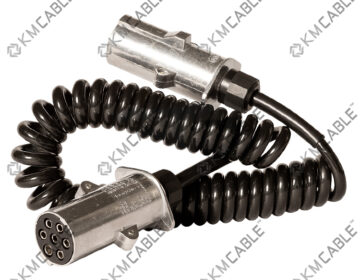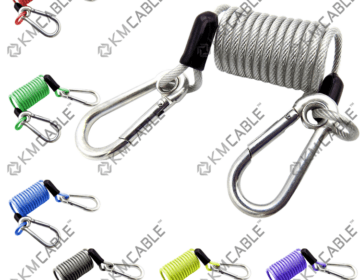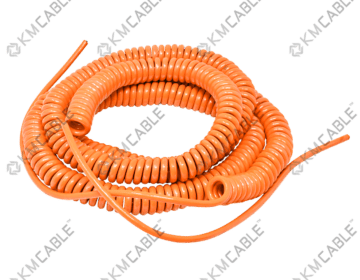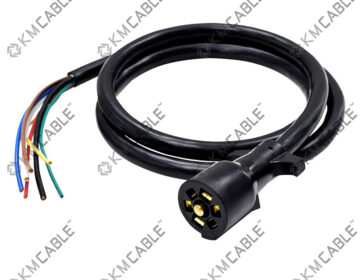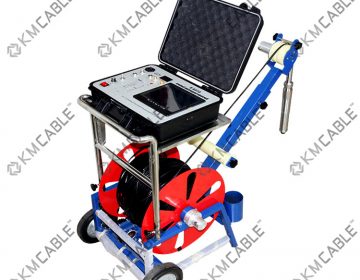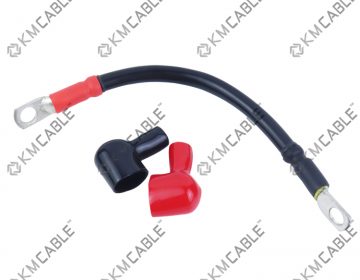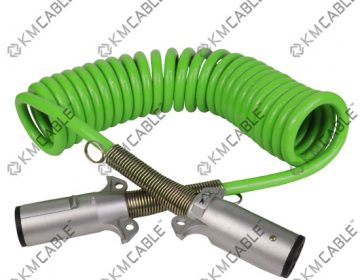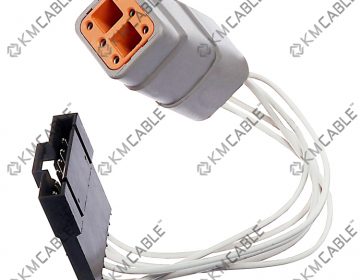
Automotive applications demand specialized cables that can handle complex electrical and electronic systems, ensuring safety, durability, and reliability under challenging operational environments. The selection and deployment of proper cable types are essential for optimal vehicle performance, supporting functions from basic lighting to advanced driver assistance systems. This article explores the requirements, types, selection factors, and standards influencing cable usage in the automotive sector.
Overview of Cable Requirements in Automotive Applications
Automotive cables must meet a diverse set of requirements due to the unique and often harsh environment within vehicles. These requirements include resistance to high temperatures, vibration, abrasion, chemicals, and moisture, all of which are common in automotive settings. The cables must also exhibit flexibility to accommodate the compact and dynamic spaces within vehicles, where movement and routing complexity are prevalent.
Reliability is paramount in automotive applications, as cable failures can lead to critical system malfunctions, safety hazards, or costly repairs. Cables must maintain consistent electrical performance over long periods and under fluctuating loads. This includes maintaining signal integrity for data communications and minimizing voltage drops for power delivery, even as vehicles incorporate more electronic systems.
As vehicles evolve with increased electrification, connectivity, and automation, the demand for cables that can handle higher currents, faster data rates, and electromagnetic compatibility (EMC) has grown significantly. Modern automotive cables must be designed to prevent electromagnetic interference (EMI) between various electrical systems. Shielding and proper insulation have become increasingly important to ensure seamless operation of sensitive electronics.
Lastly, the automotive industry is under pressure to reduce vehicle weight for improved fuel efficiency and lower emissions. This requirement extends to cables, prompting manufacturers to use lighter materials and innovative designs. The cables must balance weight reduction with mechanical strength and durability, all while remaining cost-effective for mass production.
Common Cable Types Used in Modern Vehicles
Single-core and multi-core cables are among the most prevalent types used in automotive wiring harnesses. Single-core cables are typically used for simple power and ground connections, while multi-core cables are favored for connecting complex modules or systems that require multiple signals or power lines within a single sheath. These cables are often constructed with copper or aluminum conductors and insulated with materials such as PVC, XLPE, or silicone.
Coaxial cables are commonly used for high-frequency signal transmission, such as in infotainment systems, GPS antennas, and advanced driver-assistance systems (ADAS). Their design, with a central conductor, insulating layer, metallic shield, and protective sheath, provides excellent EMI protection and signal integrity, which is crucial for modern vehicles’ data-rich environments.
Twisted pair cables are essential for automotive communication protocols like CAN (Controller Area Network), LIN (Local Interconnect Network), and Ethernet. The twisting of conductors helps cancel out electromagnetic interference, ensuring reliable data transmission even in electrically noisy environments. These cables support the growing trend toward in-vehicle networking and the integration of smart systems.
Flat cables, also known as ribbon cables, are used where space is limited and flexibility is required, such as in door panels, dashboards, and seat wiring. These cables allow multiple conductors to be organized in a flat, compact form, simplifying installation and reducing clutter. Their use contributes to efficient space management and ease of maintenance in modern vehicle designs.
Key Factors Influencing Cable Selection
Environmental conditions play a significant role in cable selection for automotive applications. Factors such as temperature extremes, exposure to fluids (oil, fuel, coolant), UV radiation, and mechanical stress must be considered. Cable materials are chosen based on their ability to withstand these conditions without degrading in performance or safety.
Electrical performance requirements also dictate cable choice. Voltage and current ratings must align with the application, whether it is low-power signal transmission or high-power delivery for components like starters and electric motors. Additionally, for data cables, parameters such as impedance, capacitance, and shielding effectiveness are critical to prevent data loss or system malfunction.
Mechanical properties, including flexibility, tensile strength, and abrasion resistance, are vital for ensuring cables can be routed through tight vehicle spaces and endure repeated movement or vibration. For instance, cables used in doors or seats must perform reliably despite constant flexing and bending. The selection process must account for the specific mechanical demands of each installation location.
Cost and manufacturability are also influential factors. While high-performance materials and advanced cable designs may offer superior properties, they can increase overall vehicle cost. Automotive manufacturers seek a balance between performance, weight, durability, and cost, often working closely with cable suppliers to develop solutions tailored to specific vehicle models and market requirements.
Standards and Certifications for Automotive Cables
Automotive cables must comply with a range of international and regional standards to ensure safety, reliability, and interoperability. The International Organization for Standardization (ISO) issues several relevant standards, such as ISO 6722 for road vehicle cables, which specifies requirements for single-core and multi-core cables used in vehicles.
The Society of Automotive Engineers (SAE) also publishes widely recognized standards, such as SAE J1128 for low-voltage primary cables and SAE J1939 for CAN communication cables. These standards define material properties, performance criteria, color codes, and testing procedures, providing a benchmark for manufacturers and suppliers.
Certification bodies like Underwriters Laboratories (UL) and Verband der Elektrotechnik (VDE) offer additional certifications that may be required for certain markets or applications. These certifications verify that cables meet specified safety and performance standards, giving OEMs and end-users confidence in the products’ quality and reliability.
Compliance with these standards and certifications is essential not only for regulatory approval but also for ensuring that automotive cables can be safely integrated into complex vehicle systems. Adherence to recognized standards facilitates global trade, streamlines supply chains, and helps maintain high levels of safety and performance across the automotive industry.
Selecting the appropriate cable type for automotive applications is a complex process shaped by operational demands, technological advancements, and rigorous industry standards. By understanding the requirements, available cable types, influencing factors, and relevant certifications, automotive engineers and manufacturers can ensure reliable, safe, and efficient vehicle performance. As vehicles continue to evolve with electrification and digitalization, the role of specialized automotive cables will only become more critical, underscoring the need for ongoing innovation and adherence to best practices in cable design and selection.

